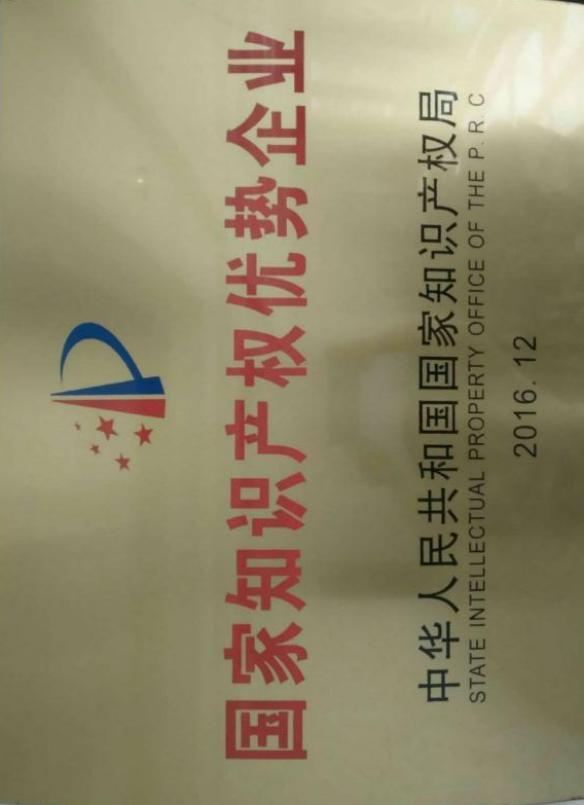
8 月 . 19, 2024 15:04
Back to list
Natural Gas Pressure Regulator for Efficient Energy Management and Safety Solutions
The Role and Function of Natural Gas Pressure Regulators
Natural gas is a crucial energy source that powers homes, industries, and vehicles across the globe. To ensure its safe and efficient distribution, natural gas pressure regulators play a vital role. These devices are essential for managing the pressure of natural gas flowing from supply lines to end-users, maintaining a consistent and safe pressure level.
Understanding Natural Gas Pressure Regulators
A pressure regulator is a mechanical device that reduces and stabilizes the pressure of natural gas as it flows from high-pressure transmission lines to lower-pressure distribution systems. The primary function of a pressure regulator is to ensure that the gas delivered to consumers is at a safe and usable pressure level. Without these regulators, the high-pressure gas could cause a myriad of issues, such as system damage, leaks, or even explosions.
How Pressure Regulators Work
.
The design of pressure regulators can vary, with some models being more suitable for residential applications, while others are tailored for industrial use. Residential regulators typically reduce the pressure of natural gas from about 60-80 psi (pounds per square inch) to approximately 7 inches of water column, which is a standard pressure for household appliances like stoves and heaters. On the other hand, industrial regulators may handle much higher pressures and larger volumes of gas.
مخفض ضغط الغاز الطبيعي

Importance of Pressure Regulation
The importance of pressure regulation cannot be overstated. Firstly, it enhances safety by preventing dangerous situations that could arise from high-pressure gas. High-pressure gas can lead to leaks, which pose explosive hazards. Regulators help mitigate this risk by ensuring that the gas reaches consumers at a safe pressure level.
Secondly, pressure regulators improve the efficiency of gas systems. By providing a consistent pressure, these devices help appliances operate optimally. For instance, burners in gas stoves perform better when supplied with stable pressure, leading to better energy efficiency and lower utility bills for consumers.
Lastly, regulators contribute to the longevity of gas appliances and infrastructure. When gas is supplied at a proper pressure, it reduces wear and tear on appliances and pipelines. This, in turn, decreases maintenance costs and extends the lifespan of the equipment.
Conclusion
In conclusion, natural gas pressure regulators are essential components of the gas delivery system. They ensure that gas is delivered to consumers at safe and efficient pressure levels, enhancing safety, performance, and longevity of systems. As the demand for natural gas continues to rise, the role of pressure regulators will become increasingly significant in ensuring that this vital resource is both effective and safe for everyday use. Proper installation and maintenance of these regulators are crucial for the safe operation of any natural gas system, making them an indispensable part of the infrastructure supporting our modern energy needs.
Latest news
-
Unlocking The Quality Gas Pressure ReducersNewsNov.01,2024
-
The Role of Gas Pressure Reducing StationsNewsNov.01,2024
-
The Importance and Functionality of Safety Relief ValvesNewsNov.01,2024
-
The Essential Role of Safety Valves in Natural Gas ApplicationsNewsNov.01,2024
-
The Essential Role of Gas Pressure RegulatorsNewsNov.01,2024
-
Enhance Your Premium Gas FiltersNewsNov.01,2024

